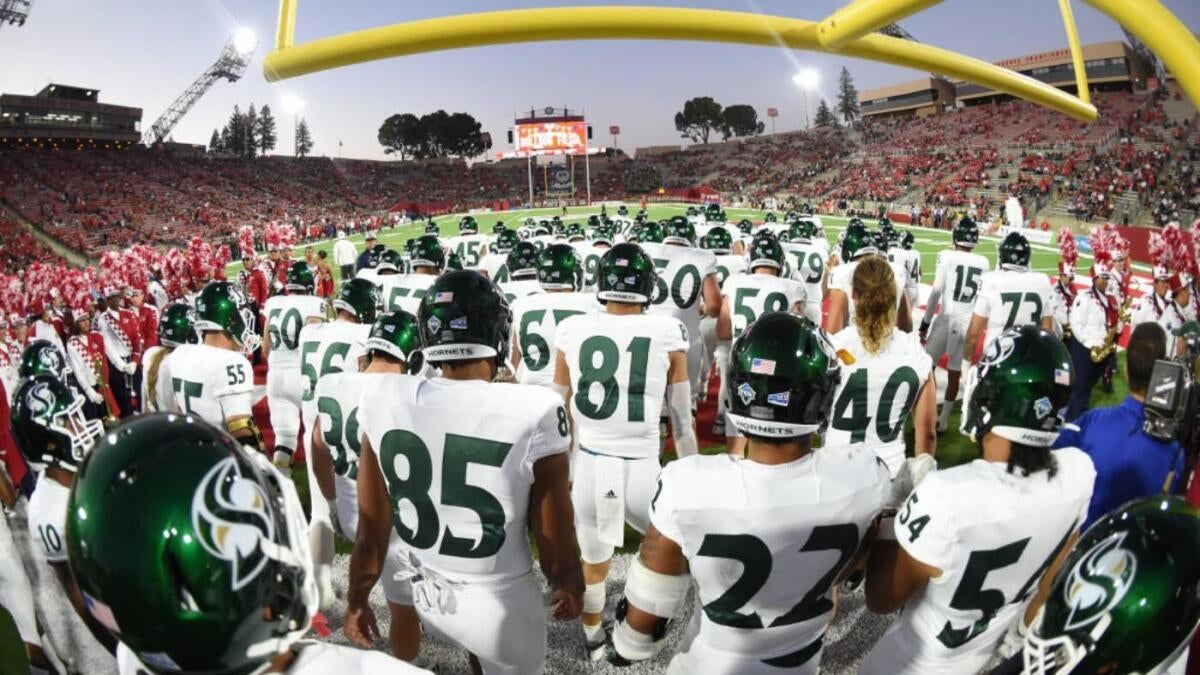Sacramento State’s Bold Leap: A Deep Dive into the FCS to FBS Transition
A Strategic Shift: Embracing Independence and New Conferences
Sacramento State’s decision to transition from the Football Championship Subdivision (FCS) to the Football Bowl Subdivision (FBS) is a bold move that signals the university’s ambition to elevate its athletic program. The Hornets’ plan to leave the Big Sky Conference, where they have enjoyed considerable success, including three league championships since 2019, is a clear indication of their forward-looking strategy. By June 30, 2026, most of Sacramento State’s athletic programs will join the Big West Conference, while the football team will initially operate as an independent, with the ultimate goal of securing FBS membership.
This independent route is a calculated risk that allows Sacramento State to bypass the immediate constraints of joining a less desirable FBS conference. Instead, it provides an opportunity to build a strong foundation for future conference membership. The university’s long-term objective is to secure an invitation to a more prestigious conference, such as the Mountain West. However, this path is fraught with financial and logistical challenges. The exit fee from the Big Sky has already increased from $250,000 to $1 million, and the NCAA requires a $5 million fee for any program transitioning from FCS to FBS.
Financial Investment and the NIL Factor
The financial commitment required for this transition is substantial. Sacramento State has planned for a new 25,000-seat stadium and a modern basketball arena, addressing critical infrastructure needs. A significant component of this financial strategy is the aggressive pursuit of Name, Image, and Likeness (NIL) funding. A business group, SAC-12, reportedly raised $35 million in a single day dedicated to NIL opportunities, demonstrating a commitment to attracting and retaining top talent. This aggressive approach to NIL is intended to make Sacramento State competitive in the FBS landscape, where financial resources are paramount.
The university commissioned an independent report by College Sports Solutions to explore the viability of the move. This report likely provided a roadmap for fundraising and revenue generation, crucial for sustaining an FBS program. The uncertain financial landscape of college athletics makes such strategic planning essential.
Challenges and Roadblocks on the Path to FBS
Despite the ambitious plans and financial commitments, Sacramento State faces considerable challenges. The NCAA waiver process for transitioning as an independent is not guaranteed, with a decision not expected until June. Additionally, the Big Sky Conference bylaws may require amendment to accommodate Sacramento State’s continued participation in non-football sports.
The university’s football program will be ineligible for the 2025 FCS playoffs if the transition is official, a significant short-term sacrifice. The potential for landing in a less-than-ideal FBS conference or remaining an independent for an extended period also looms. Life as an independent in college football is notoriously difficult, requiring meticulous scheduling and consistent performance to attract attention and potential conference partners.
Beyond Football: A Holistic Athletic Vision
While the football program is at the forefront of this transition, Sacramento State’s broader athletic vision is also evolving. The move to the Big West Conference for most sports represents a strategic realignment aimed at enhancing competitiveness and visibility. The university’s commitment to upgrading its athletic facilities, including the planned basketball arena, demonstrates a holistic approach to improving the overall athletic experience for its student-athletes.
The success of Sacramento State’s basketball programs, both men’s and women’s, has already laid a foundation for athletic excellence. The university hopes to build on this momentum and create a thriving athletic department across all sports. This holistic vision is crucial for sustaining long-term success and ensuring that the transition benefits the entire athletic program, not just football.
The Wider Context: College Athletics Realignment
Sacramento State’s move is occurring within a period of unprecedented upheaval in college athletics. The recent conference realignment, particularly the collapse of the Pac-12, has created a ripple effect across the landscape, leaving many universities scrambling to secure their future. Sacramento State’s proactive approach, while risky, positions it to potentially capitalize on the changing dynamics. The university’s location in a top-20 media market is also a significant asset, making it an attractive potential partner for conferences seeking to expand their reach.
This broader context highlights the strategic importance of Sacramento State’s decision. By positioning itself as a proactive and ambitious institution, the university can navigate the complexities of college athletics realignment and secure a competitive edge.
A Defining Moment: The Future of Sacramento State Athletics
Sacramento State’s decision to pursue FBS football is a bold and ambitious undertaking. It represents a significant investment in the university’s athletic future and a commitment to elevating its profile on the national stage. While the path to FBS membership is fraught with challenges, the university’s proactive approach, financial commitment, and strategic vision suggest a determination to succeed.
The coming months and years will be critical as Sacramento State navigates the complexities of the transition and strives to achieve its ultimate goal: a secure and sustainable future in the competitive world of FBS college football. This move isn’t just about football; it’s a statement about Sacramento State’s aspirations and its belief in its potential to compete at the highest level. The university’s holistic approach to athletic development and its strategic realignment within the broader context of college athletics realignment position it for long-term success and national recognition.

